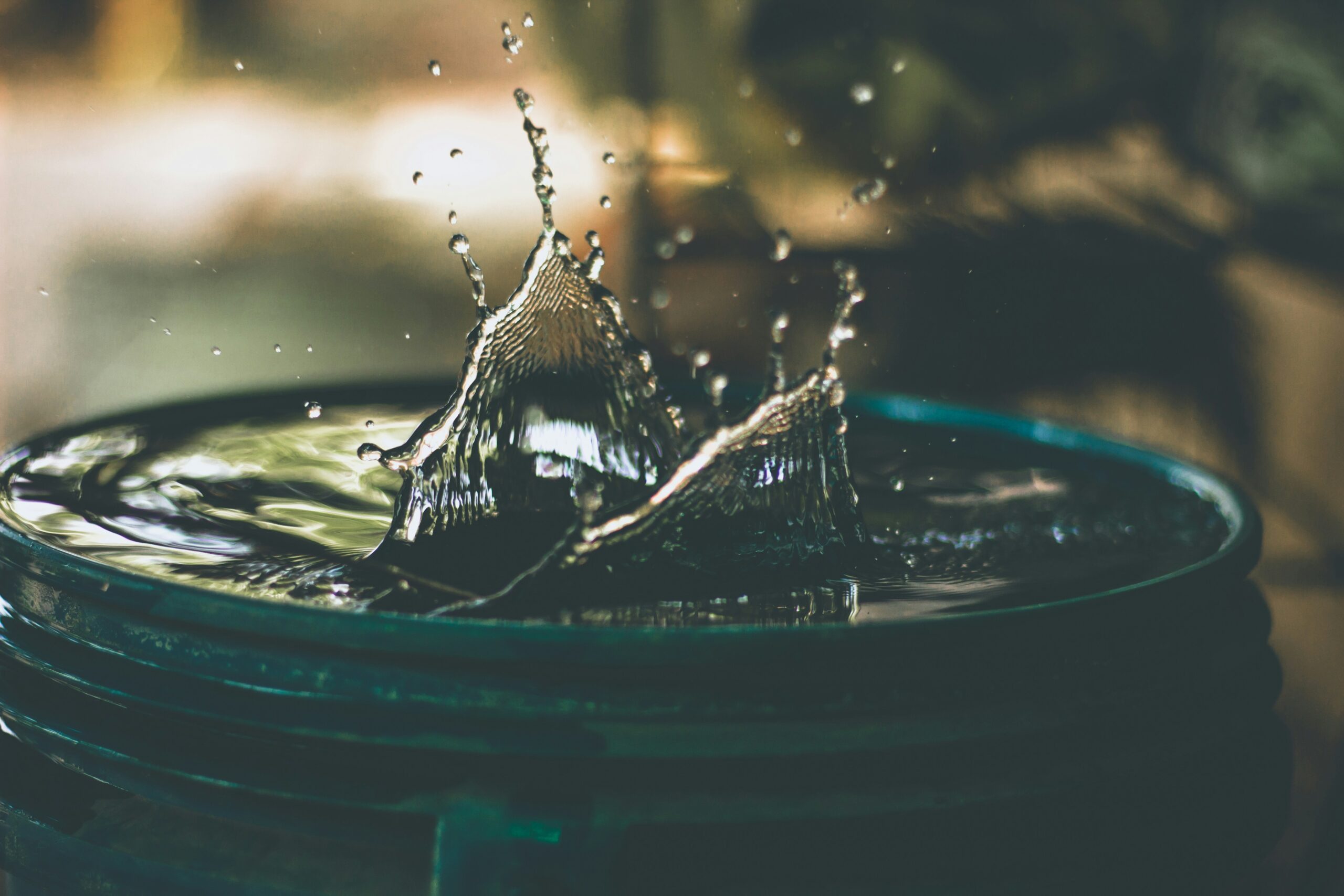Have you noticed that the water pressure in your home just isn’t what it used to be? Maybe it’s become a trickle when you need a strong flow to wash dishes, take a shower, or run your laundry. If your household relies on a well for water, there could be various reasons why your water pressure has changed. Understanding common causes and knowing how to address them can ensure your well system operates efficiently and your home water supply remains consistent and strong.

Understanding Well Water Pressure
Water pressure essentially describes the force at which water moves through your home’s plumbing. Measured in pounds per square inch (psi), optimal water pressure for most homes typically falls between 40 and 60 psi.
Why Water Pressure Matters
Consistent and adequate water pressure is crucial for daily activities. Low water pressure can make everyday tasks frustrating and time-consuming, while excessively high pressure can damage your plumbing, appliances, and fixtures.
Common Causes of Low Well Water Pressure
Low well water pressure can stem from various issues including equipment malfunctions, clogs, and changes in the well itself. Let’s break down some common causes and provide guidance on identifying and addressing each.
1. Pressure Tank Problems
The pressure tank in your well system maintains a steady flow of water and pressure. When a pressure tank malfunctions, you may experience inconsistent water pressure.
- Waterlogged Tank: If the pressure tank becomes waterlogged (filled with too much water and not enough air), it can lead to a drop in water pressure.
- Faulty Pressure Switch: This component monitors the water pressure and signals the pump to turn on or off. If it’s not working correctly, it may cause irregular water pressure.
2. Clogged Pipes or Fixtures
Over time, sediment and mineral deposits can build up in your pipes, faucets, and showerheads, reducing water flow.
- Pipe Corrosion: Older pipes, particularly galvanized ones, can corrode inside, limiting water passage.
- Sediment Buildup: Sediment from your well can accumulate in plumbing, affecting pressure.
3. Well Pump Issues
Your well pump is essential for drawing water from the well and delivering it to your home. Problems here can significantly impact pressure.
- Pump Size and Age: An undersized or aging pump might not properly meet your home’s water demands.
- Pump Placement: The placement depth of your well pump affects how efficiently it can deliver water.
4. Leaks in the System
Leaks anywhere in your plumbing system can lead to reduced water pressure, causing you to lose water before it reaches your taps.
- Underground Leaks: Leaks in the main pipe leading from the well to your home might not be visible, but can still cause pressure drops.
- Household Leaks: Leaky faucets, toilets, or pipes inside your home can also contribute.

How to Detect Issues with Your Well Water Pressure
Identifying the root cause of low water pressure involves a bit of investigation. Here’s how you can start diagnosing the problem yourself before calling in professional help.
Visual Inspection
Begin with a thorough visual inspection of your system:
- Pressure Tank: Check for visible signs of wear, rust, or water around the base.
- Pipe Joints and Connections: Look for drips or moisture that might indicate a leak.
- Fixtures: Assess faucets and showerheads for mineral buildup or corrosion.
Pressure Gauge Check
A pressure gauge installed near the pressure tank can tell you a lot. Observe the psi reading:
- Below 40 psi: Pressure is quite low, indicating a likely issue.
- Above 60 psi: Could indicate the pressure switch is set too high or malfunctioning.
Specific Component Testing
Testing the Pressure Tank
A simple way to check if your tank is waterlogged:
- Turn off the pump and drain the tank. If it feels heavy and lacks a hollow sound when tapped, it might be waterlogged.
- Air Pressure Check: Use a tire gauge to measure the air pressure in the tank. It should be 2 psi below the cut-in pressure of your pump (usually 38 psi if the cut-in is 40 psi).
Checking the Well Pump
- Pump Activation: Listen to how often the pump turns on and off. Short cycles can be a sign of a waterlogged tank or a faulty pressure switch.
- Debris Check: Inspect the intake for obstructions if accessible.
Water Quality and Sediment Testing
Examine the water itself for signs of sediment.
- Clear Water: While clear water is good, check filters or backwash systems for accumulated sediment.
- Cloudy or Gritty Water: Indicates sediment which might be clogging pipes or affecting the well pump.
Solutions for Common Well Water Pressure Problems
Once you’ve identified potential issues, you can implement solutions to address them. Here’s a guide to common fixes:
Fixing Pressure Tank Issues
- Drain the Tank: If waterlogged, turn off the pump and drain the water. Confirm and correct the air pressure using an air compressor if needed.
- Replace the Pressure Switch: A faulty switch must be replaced to restore correct pump function.
Cleaning or Replacing Pipes and Fixtures
- Descale Fixtures: Remove and soak faucets and showerheads in vinegar to dissolve mineral deposits.
- Pipe Replacement: Severely corroded or clogged pipes might need professional replacement.
Addressing Well Pump Problems
- Correct Pump Size: Ensure your pump matches your home’s water needs. Upgrading might be necessary.
- Pump Depth Adjustment: Ensure the pump is installed at the correct depth for optimal performance.
Repairing Leaks
- Household Leak Fixes: Replace worn washers in faucets, tighten pipe connections, and repair any visible damage.
- Professional Leak Detection: Sometimes it’s best to call in a professional to locate and fix underground or hidden leaks.

Preventative Maintenance for Well Water Systems
Maintaining consistent water pressure involves routine checks and preventive measures. Here are some steps you can take:
Regular System Inspections
- Annual Professional Checks: Have a professional inspect your well and pump system annually.
- Periodic Personal Inspections: Check pressure and look for visible issues every few months.
Water Quality Testing
Regularly test your well water for quality to detect potential sediment issues early.
| Test Type | How Often | What to Check For |
|---|---|---|
| Basic Water Quality | Annually | pH, hardness, nitrates |
| Sediment | Biannually | Visible particles, grit |
| Bacteria and Contaminants | Annually | E. coli, coliform |
Pressure Tank Maintenance
- Check Air Pressure: Test and adjust air pressure in the tank every few months.
- Drain Tank: If sediment accumulates, draining the tank occasionally can help.
Upgrading Equipment
- Modern Fixtures: Anti-scald faucets and low-flow showerheads often manage pressure better and maintain efficiency.
- New Pipes and Pumps: As old systems age, replacing them can prevent future pressure issues.

When to Call a Professional
While many minor issues can be tackled on your own, some situations require professional help:
- Persistent Low Pressure: Despite troubleshooting, if low pressure remains, it’s best to consult a professional.
- Complex Repairs: Electrical components, deep well problems, or significant leaks often need expert intervention.
- Quality Concerns: If water quality tests reveal contaminants, immediate professional advice is crucial.
In summary, ensuring your well water pressure remains consistent involves understanding the system’s components, detecting issues early, and performing regular maintenance. By addressing problems promptly and effectively, you can enjoy a reliable water supply and avoid the frustrations of weak water pressure.

